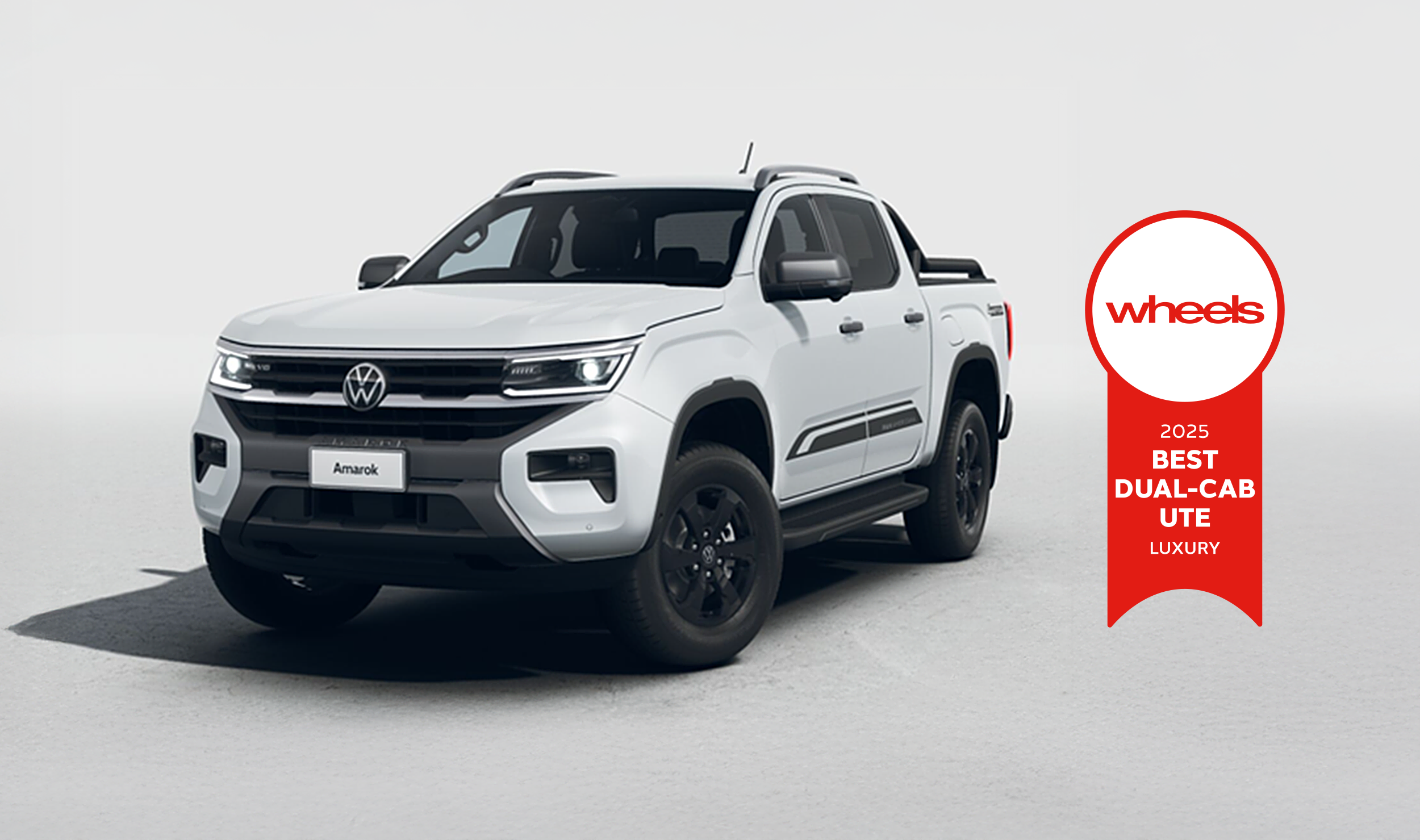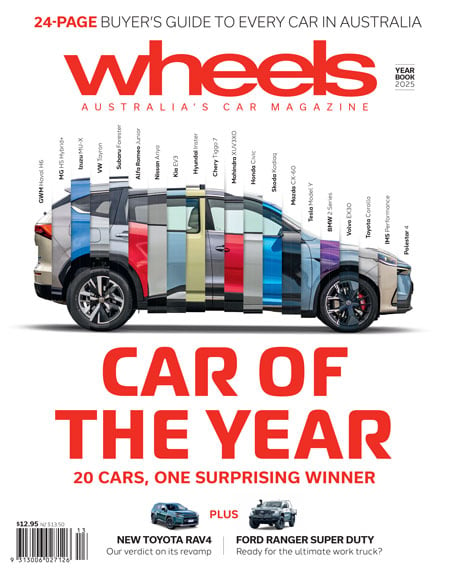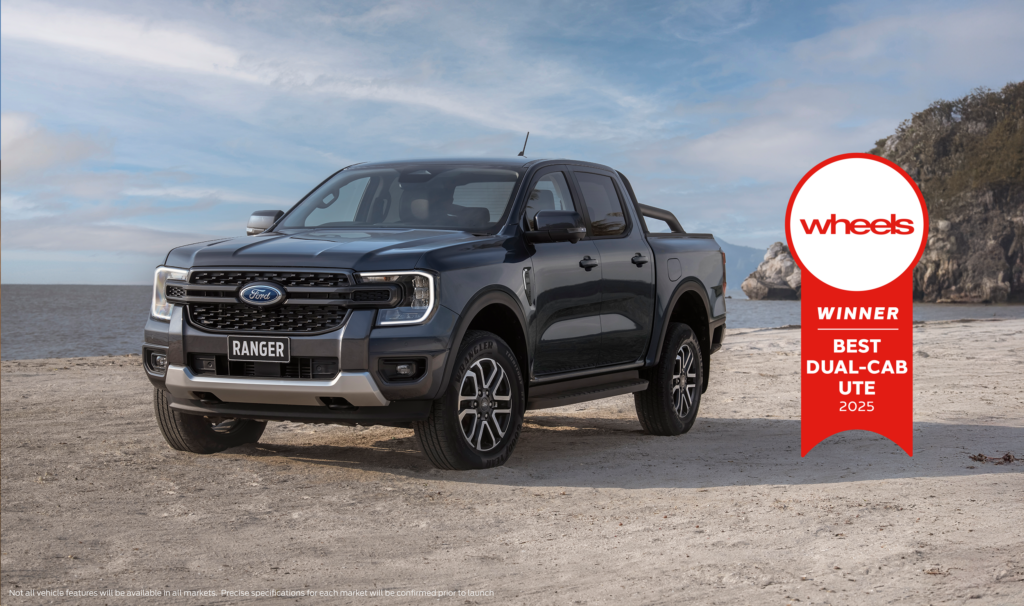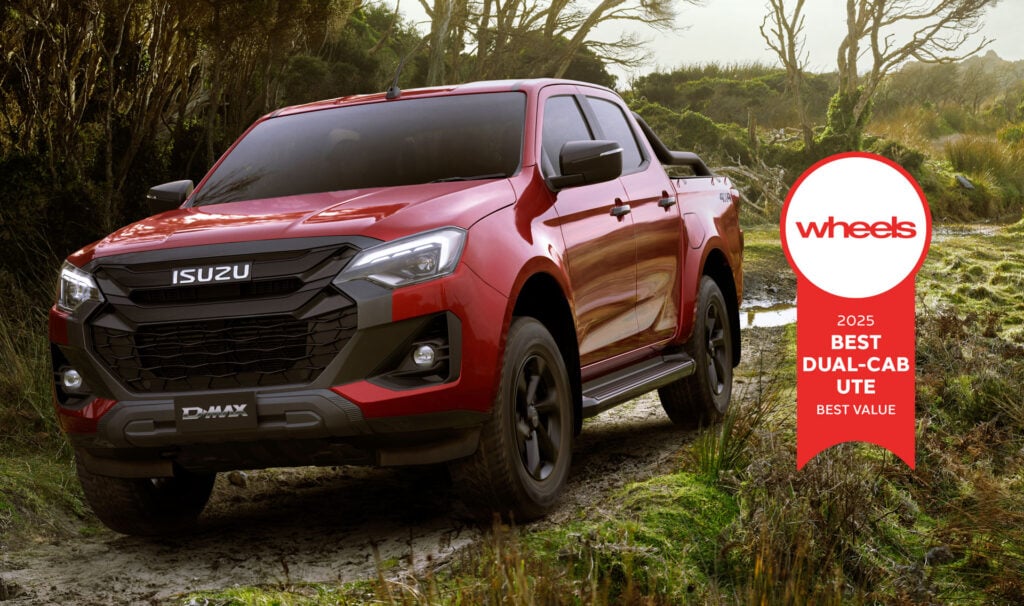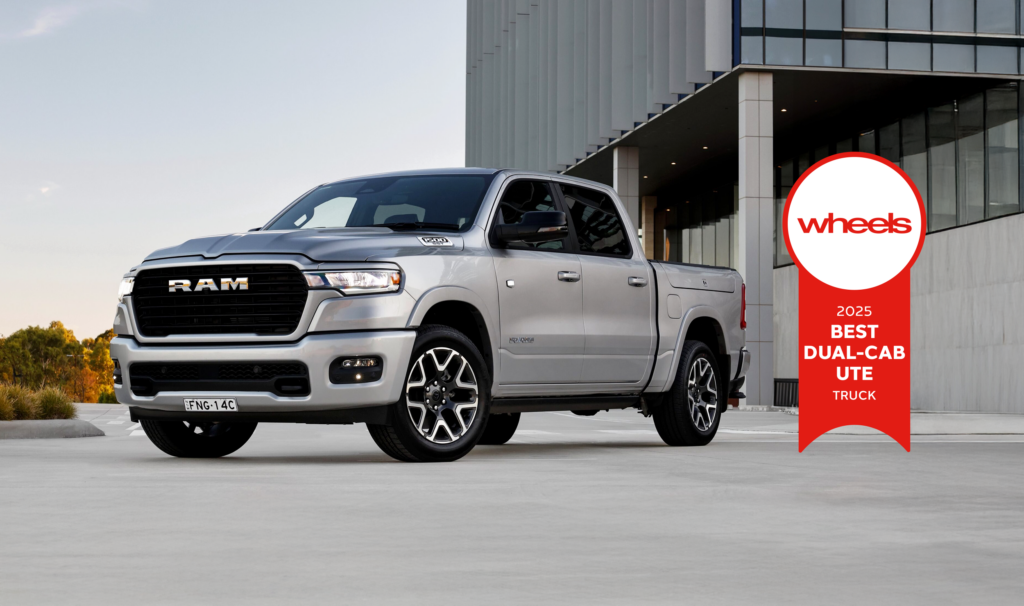Contenders
Winner: VW Amarok PanAmericana
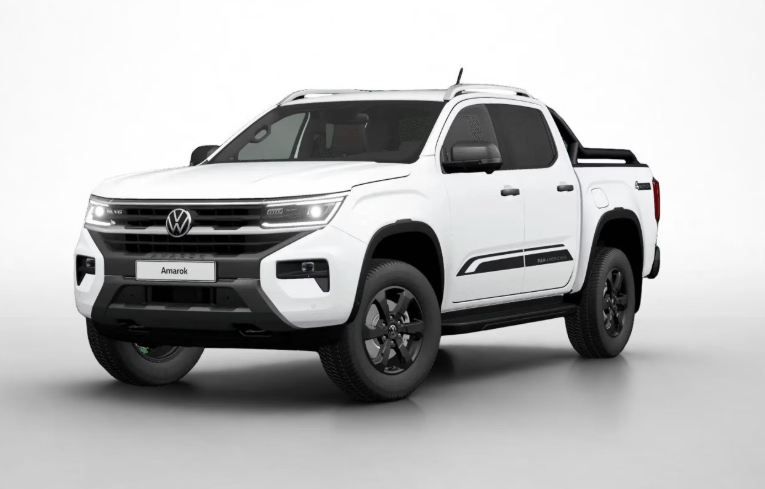
- Price: From $54,490 plus on-road costs (TDI405 Core) to $82,990 +ORC (Aventura)
- Drivetrain/economy/CO2 emissions: 2.0L turbo-diesel: 125kW/405Nm, 6-speed auto, 4WD, 8.0L/100km, 211g/km; 2.0L twin-turbo diesel: 154kW/500Nm, 10-speed auto, 4WD, 7.2L/100km, 189g/km; 3.0L turbo-diesel: 184kW/600Nm, 10-speed auto, 4WD, 8.4L/100km, 222g/km; 2.3L turbo-petrol: 222kW/452Nm, 10-speed auto, 4WD, 9.7L/100km, 222g/km
- Dimensions: Up to 5362mm long, 1917mm wide, 1884mm tall, 3270mm long wheelbase
- Towing capacity/GVM/GCM: 3500kg/3230kg – 3350kg/6200kg – 6400kg
- Warranty/roadside assistance/service intervals: Five-year/unlimited km, 12 months of roadside assistance extended with each dealer service, annual/every 15,000km
- Five-year service cost: $1900 ($380 per year)
| Driving | |
|---|---|
| Interior | |
| Practicality | |
| Overall value |
Things we like
- Great to drive, punchy engines – including hot hatch-like TSI452
- Simple model range: dual cab and 4WD across the range
- Best in class cabin quality
Not so much
- No more manual option
- Rear seat not huge for adults
- No plug-in hybrid or single cab
If you’re a little less price-sensitive when it comes to choosing a dual-cab ute, it becomes genuinely difficult to make a case against the Volkswagen Amarok. It’s an astonishingly polished package that is one of the most aspirational choices in the entire sector. But does that mean it’s a ute for people who don’t really like utes?
Not really. While there might be other choices that would be your go-to if your weekend fun involved mud ruts so deep that your diff does a decent impression of a ploughshare, the Amarok is nevertheless a lot more versatile than its sophisticated look and feel initially suggests. Under the skin, it’s much the same as the existing Ford Ranger, so it’s clearly a well-engineered package that’s designed specifically with Australian conditions front and centre of mind.
Buyers largely choose from the 125kW 2.0-litre turbodiesel TDI405 models, the 150kW 2.0-litre twin-turbodiesel TDI500 variants or the V6 turbodiesel TDI600 models, but where the Amarok has offered a key point of difference over its cousin with the Blue Oval badge is that it also offers the 2.3-litre petrol TSI452 powerplant. If you’re dead set against diesel but want these underpinnings, the $79,990 TSI452 Aventura was – hulking Ranger Raptor aside – the only show in town, but the addition of this engine with plug-in hybrid boost to the Ford’s range erodes Volkswagen’s USP here.
No great issue. The Amarok is still a better looking thing than the Ranger, with a nicer interior and the price step up isn’t perhaps as great as you might expect, with around $2k separating the entry-level Ford and Volkswagen V6 variants. That’s a relatively modest sum to apply some creative man-maths to.
Downsides? There are fewer physical controls for the air conditioning than the Ranger gets, with most of the functions incorporated into the reskinned infotainment system. You also don’t get an app to allow for the likes of remote monitoring, diagnostics, vehicle locating or over-the-air updating.
There is a feel-good quality to the Amarok that Volkswagen does very well. Choose, say, a mid-range Style version and it features leather-effect inserts on the dash and door cards and grippy microfibre ‘ArtVelour’ seating upholstery. It even gets matrix LED headlights, which you’ll value on those late drives home on country roads.
The Amarok makes all kinds of sense if you need a ute, but don’t want to shoulder many of the downsides that come with ute ownership. If you don’t think driving a ute means putting up with crude controls, second-rate interior materials and a poor ride, it makes a compelling case.
Ford Ranger Raptor
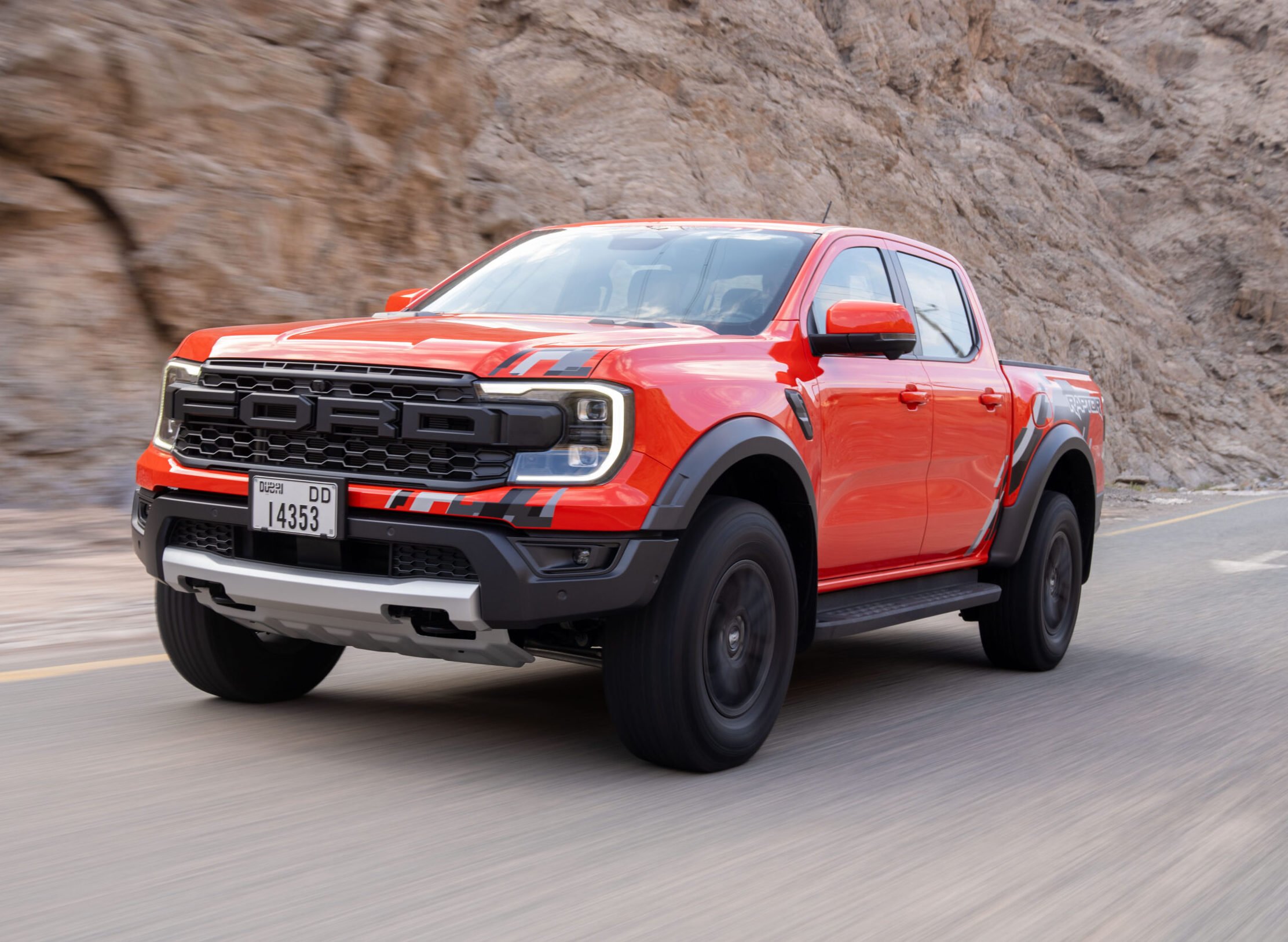
- Price: From $90,440 plus on-road costs
- Drivetrain: 3.0L V6 petrol engine, 292kW/583Nm, 10-speed auto
- Combined fuel economy, CO2 emissions, fuel type: 11.5L/100km, 262g/km, 98RON
- Warranty: Five year, unlimited kilometre
- Five-year service cost: $1645 ($329 per year)
| Driving | |
|---|---|
| Interior | |
| Practicality | |
| Overall value |
Things we like
- Built like no other ute
- Gutsy V6 petrol engine
- Tested on world’s toughest terrain
Not so much
- Doesn’t come cheap
- You’ll wince at the bowser
- Others offer a better rig for big fit-outs
Think Raptor and you probably have some super-saturated vision of big utes bounding over dunes in Baja, but the Australian reception to the Ford Ranger Raptor has been almost as euphoric. There’s a solid reason for that and it’s one that’s tough for any rival to replicate. It’s a truly big-budget item that’s been designed by Australians in Australia for the Australian market. Yes, it’s screwed together in Thailand, but we genuinely do lay claim to the genesis of the world’s straight-out-of-the-crate off-road ute and that’s something we should be enormously proud of.
Back in the March 2025 issue of Wheels, Daniel Gardner had the opportunity to drive the Ranger Raptor, F-150 Raptor and the Bronco Raptor back to back on the dunes of the UAE, and he returned utterly convinced that the Ranger was the wieldiest, toughest and most capable package, so we certainly don’t need to tug the forelock to the US mothership.
The unique and near-indestructible rear end with its specific subframe, the Fox 2.5” Live Valve internal bypass shock absorbers, the electronically controlled front and rear diff locks, the 850mm wading depth, the clever and useful selectable drive modes (which include damper settings), Ford’s Trail Control (effectively a low-speed cruise control for off-road use) and the monster 17-inch BF Goodrich KO2 high performance A/T tyres give the Raptor incredible off-road capabilities, especially for a vehicle with what some off-road greybeards would see as the inherent caveat of independent front suspension. It also features 285mm of ground clearance a 32° approach angle, 24° breakover angle and 27° departure angle allow.
A snorkel and a front bar may be the only aftermarket accessories you’d ever need to get to some fairly remote places on the map. And you’d certainly want to be in nothing else to cover kilometre after kilometre of red centre washboard.
Due to issues surrounding payload, we’d look to a leaf-sprung ute if we wanted to build a serious overlanding rig, but if you just want something that’s absolutely good to go bush straight off the forecourt, nothing really gets close to the Ford Ranger Raptor.
Nissan Navara Warrior
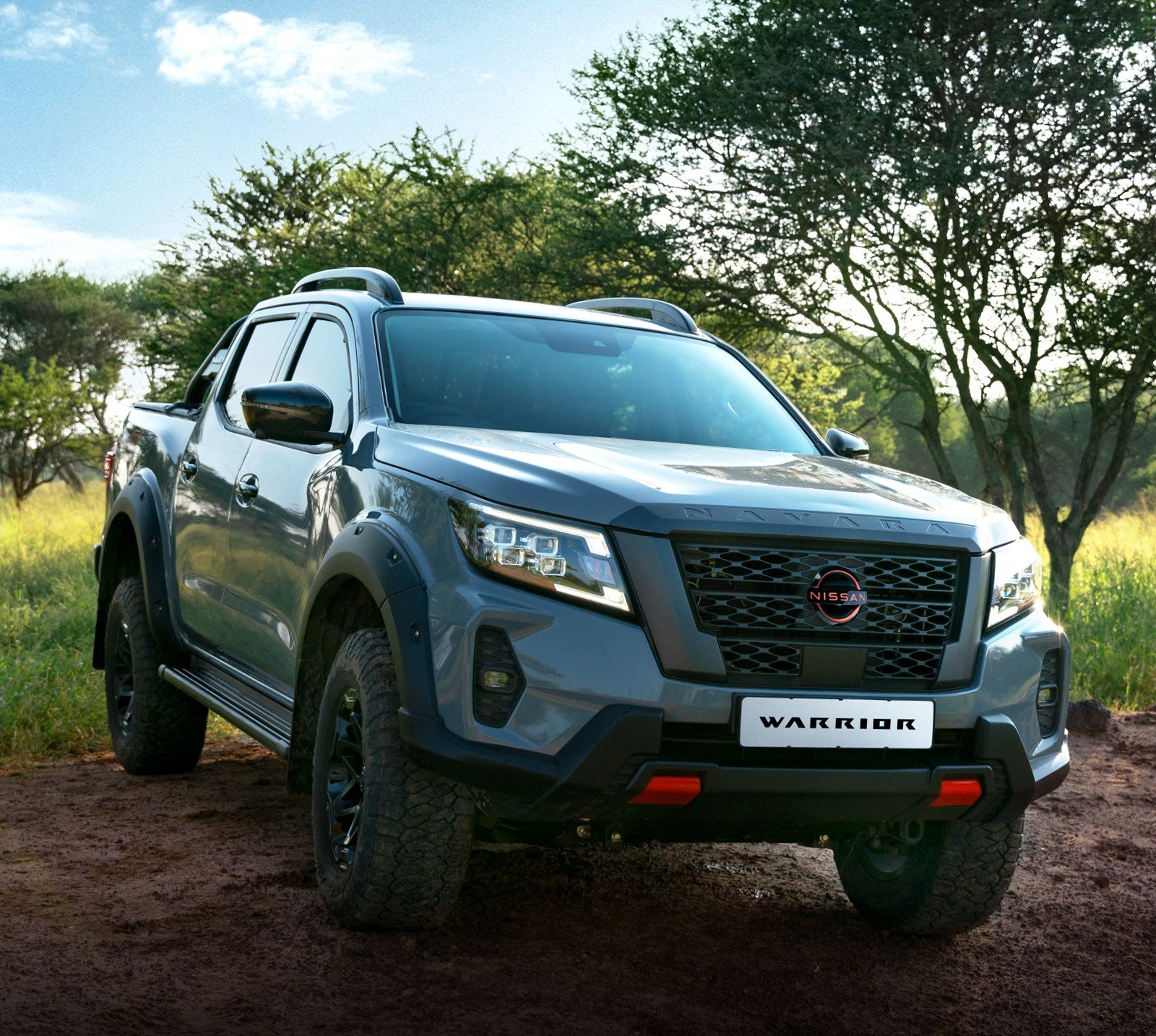
- Price: From $58,750 plus on-road costs
- Drivetrain: 2.3L 4-cyl turbodiesel engine, 140kW/450Nm, 6-speed manual/7-speed auto
- Combined fuel economy, CO2 emissions, fuel type: 7.6L/100km, 200g/km, diesel (SL auto)
- Warranty: Five year, unlimited kilometre
- Five-year service cost: $2495 ($499 per year)
| Driving | |
|---|---|
| Interior | |
| Practicality | |
| Overall value |
Things we like
- Re-engineered in Australia by Premcar
- Manual gearbox option
- Great standard tyres
Not so much
- Feels dated inside
- No seat heating even on PRO-4X model
- Low range selection can be fussy
Congratulations to Nissan for identifying that not everyone is ready or able to drop $90k on a Ford Ranger Raptor and that a budget alternative, offering much of the Ford’s capability at two-thirds of the price, could well find a ready market. And so it has proven.
Whereas the Raptor is unapologetically over-engineered, Nissan has taken a more pragmatic view regarding the Navara Warrior. Like the Ford, it’s built in Thailand, but from there it comes to Australia and is stripped back and worked up by Premcar in Melbourne.
The ground clearance is lifted by 40mm to 260mm and the track splays from 1570mm to 1600mm. The approach angles improves from 32 to 36 degrees, and the the suspension now features revised spring and damper rates for improved isolation and compliance. A bigger jounce bumper has been fitted to reduce shock pathways into the cabin at full suspension travel. That’s on top of all the gear such as a winch-compatible front bar, broader fender flares, meaty Cooper AT3 rubber, a 3mm steel underbody protection plate and a red front bash plate.
There’s even a respectable payload available – up to 961kg for the manual PRO-4X and 952kg for automatic versions. Not everyone’s a fan of rowing their own gears out in the rough stuff, but there’s a hardcore of off-road drivers who like that feeling of control, the mechanical simplicity and the challenge of right gear, right time. And choice has to be a good thing, right?
In practice, the Navara Warrior feels nigh-on unstoppable and there’s no real acclimatisation process to getting to grips with the drive controls. There’s even an old-school handbrake bar, which we love. The seating position takes a bit of getting used to, as there’s no reach adjustment for the steering column, and the low range system prefers to have no load on it and be on flat ground to engage and, as we all know, that’s not always a given. The fairly useless and largely cosmetic sports bar of the Warrior Pro-4X variant also limits access to the front tie-downs. Other gripes? Seat heating would come in handy for winter high country jaunts and the infotainment seems a bit off the pace. The fuel gauge can also be a little vague. It’s also worth noting that there’s no stock of the base SL Warrior manual on hand right now.
No, it’s not as sophisticated as a Ranger Raptor and nowhere near as fast, but if you value reliability and no-nonsense common sense engineering for your off-road ute, the Navara Warrior ticks all the right boxes.
Isuzu D-Max Blade
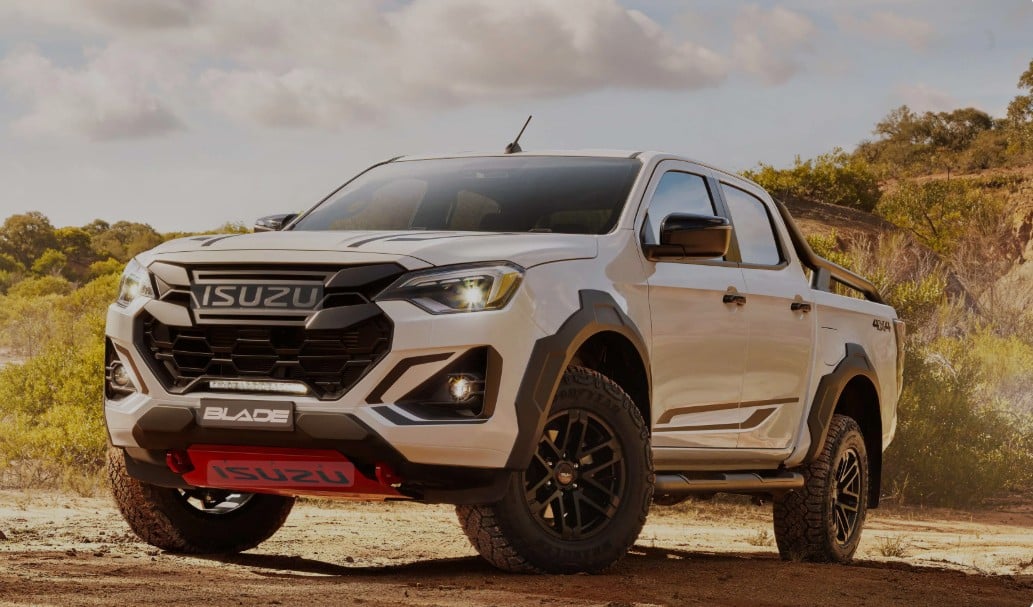
- Price: From $77,990 drive away
- Drivetrain: 3.0L 4-cyl turbodiesel engine, 140kW/450Nm, 6-speed auto
- Combined fuel economy, CO2 emissions, fuel type: 8.0L/100km, 207g/km, diesel
- Warranty: Six years, 150,000 kilometre
- Five-year service cost: $2245 ($449 per year)
| Driving | |
|---|---|
| Interior | |
| Practicality | |
| Overall value |
Things we like
- Re-engineered in Australia by Walkinshaw
- Tried and trusted drivetrain
- Worthwhile and well-chosen suspension upgrades
Not so much
- More grunt would have been nice for the money
- Extrovert exterior treatment
- Availability is limited
While there’s a lot to be said for the effectiveness of Isuzu‘s D-Max Blade, originality probably isn’t its key asset. It effectively follows the pathway that Nissan took with the Navara Warrior models, bringing a well-considered base ute to an Australia specialist – in this case Walkinshaw – which undertakes a fundamental re-engineering of its suspension and off-road accessories.
There’s little to complain about the D-Max Blade’s off-road abilities, but its Achilles heel may well be the value proposition. Whereas Nissan offered the Navara Warrior in both a ritzy PRO-4X and a more utilitarian SL version, Isuzu has positioned the D-Max Blade as a model at the top of the range with just about every bell and whistle available crow-barred in. That means a drive-away price of nigh-on $78,000, when a little $50k can buy you a D-Max with the same 4JJ1 3.0-litre diesel powerplant. In percentage terms that’s quite the uptick.
The bits that matter are the 29mm lifted suspension featuring Monroe 35mm MTV twin-tube dampers. The Blade runs on 275/65R17 Goodyear Wrangler Duratec RT all-terrain tyres, and there’s an extra 32mm of track width compared with a more familiar D-max LS-U model. There’s also underbody protection in the form of a steel plate that doubles the usual D-Max’s 1.5mm gauge to 3.0mm. There’s even a cross-braced eight-tonne load rated recovery point system. Rough Terrain mode also tamps down throttle sensitivity for those moments when the vehicle’s bouncing its way over truly awful terrain.
Buyers get 244mm of ground clearance and approach breakover and departure angles of 29.2, 25.2 and 19.2 degrees respectively. It’s a well engineered and wisely chosen set of upgrades that deliver a decent uptick in off-road capability for the already burly D-Max. You’re also buying a whole heap of stuff like embroidered headrests, scuff plates, identification plaques, Basalt Black detailing, decals, exclusive mud flaps and a vast list of such tinsel, so it would have been very welcome had Isuzu also offered the Blade off-road package on a more affordable variant without all the aesthetic extras.
With its leaf-sprung rear end and near-indestructible chain-driven 3.0-litre diesel engine, the beauty of the D-Max Blade is that it brooks no surprises with Aussie drivers who know and trust the D-Max. It’ll get you where you need to go and back again. It might not do so in the most comfort or in the quickest time, but there’s a lot to be said for rugged dependability in this wide, brown land and the D-Max Blade has that in spades.
We recommend
-
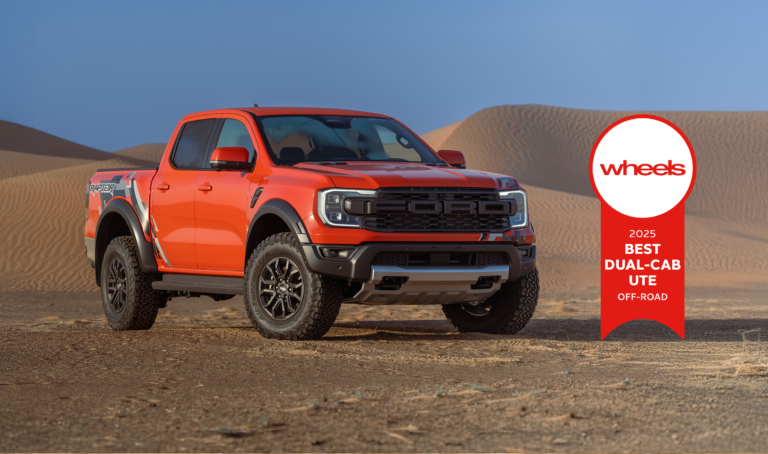 Best Utes
Best UtesBest Dual-Cab Utes 2025: Off-road
For when you need to take the work truck further afield, the winner in Wheels Best Dual-Cab Utes 2025: Off-road...
-
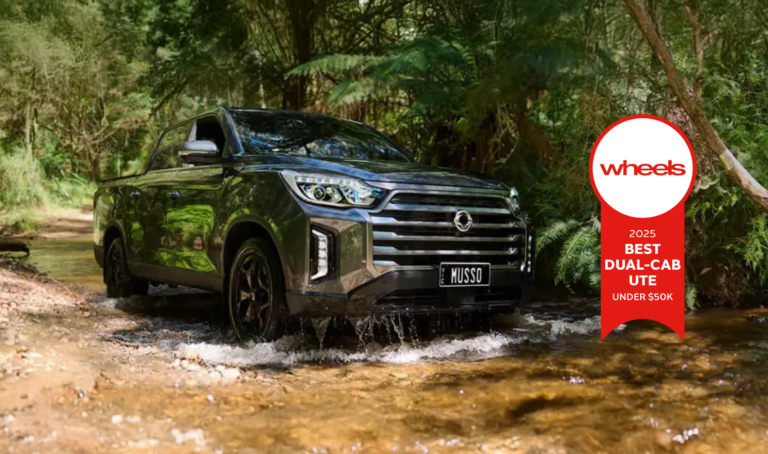 Best Utes
Best UtesBest Dual-Cab Utes 2025: Under $50K
Wheels names its best dual-cab utes on the Australian market for 2025, starting with models priced under $50K.
-
 Best Utes
Best UtesBest Dual-Cab Utes 2025: Best Value
Standard features, interior, infotainment, fuel economy, towing capacity, tray size, warranty and servicing – just some of the factors that go into Wheels' assessment of the Best Value Dual-Cab Ute of 2025.
-
 Best Utes
Best UtesBest Dual-Cab Utes 2025: Towing
When considering a ute purchase, the clincher is towing capacity for many buyers. Here's our pick of the best on the market including the winner of Best Dual-Cab Ute 2025: Towing.
-
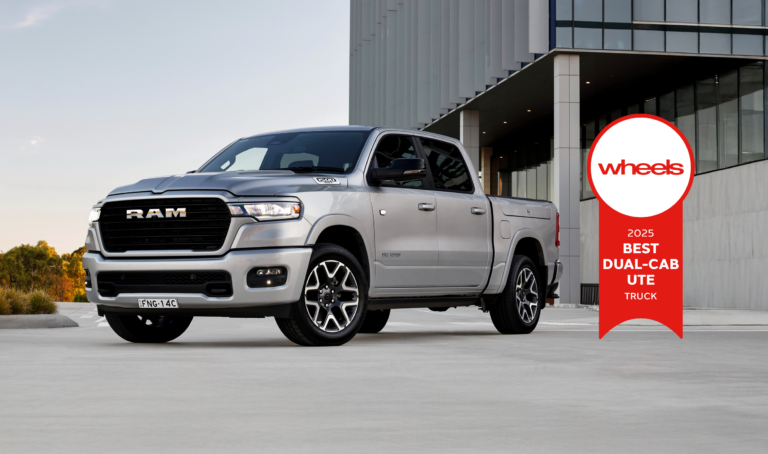 Best Utes
Best UtesBest Dual-Cab Utes 2025: Truck
They may be polarising but for some, the sheer size and grunt of the truck-sized ute is not only desired, but essential.

